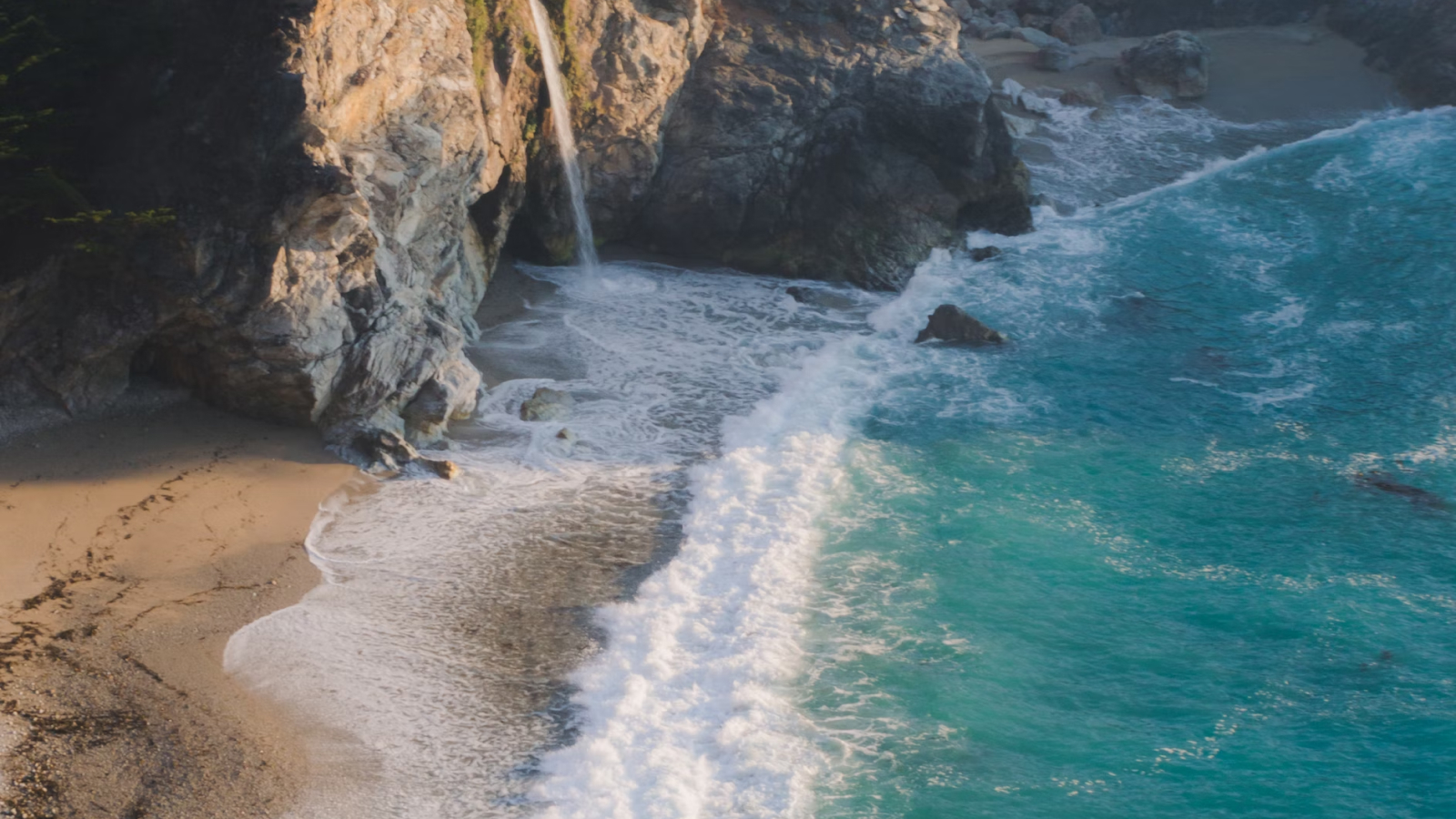Issue
Galveston Bay, Texas’ largest bay, is a vibrant, resilient ecosystem that faces an uncertain future. The Bay’s watershed is home to half the population of Texas, including Houston, the fifth largest city in the U.S. The Bay boasts three ports and remains a hub for manufacturing and refining chemicals and petroleum products. The urban, industrial, and agricultural setting poses unique challenges for water quality, habitat protection, and resource conservation.
Process
To scientifically analyze the health of Galveston Bay and identify actions to help improve its conditions, a group of citizens assembled to create the Galveston Bay Report Card. The goal of this effort is to engage community members in meaningful discussions about the Bay’s health and inspire them to take actions that protect and preserve this asset. Grades are assigned to six indicators—water quality, pollution events and sources, wildlife, habitat, human health risks, and coastal change—and are updated annually. As part of the habitat indicator, the group used NOAA’s C-CAP land cover data from 1996 through 2016 to calculate the percentage of wetland loss associated with both palustrine (freshwater) and estuarine (saltwater) wetlands. To calculate a wetland loss grade for subwatersheds, the team then averaged the percentage of wetlands lost to development and the percentage of developed land in each subwatershed.
Impact
As an annual assessment of the health of Galveston Bay, the report card is able to provide context for major regional events like hurricanes, drought, and oil spills. After Hurricane Harvey, the report card illustrated how the Bay is resilient, provided details of how habitats and conditions recover after major storms, and gave context for what makes Houston and Galveston prone to flooding. The report card also provides specific ways citizens can help the Bay by listing specific actions they can take in their backyards using the “Find Your Watershed Tool” and the “What You Can Do” section of the website. As a direct result of presentations on the report card, groups have volunteered to restore salt marshes in the watershed, 150 people attended Wetland Walkabout tours of a restored freshwater ecosystem, and 160 people attended Squawk Walk to learn about local and migratory birds in freshwater wetlands. (2021)

